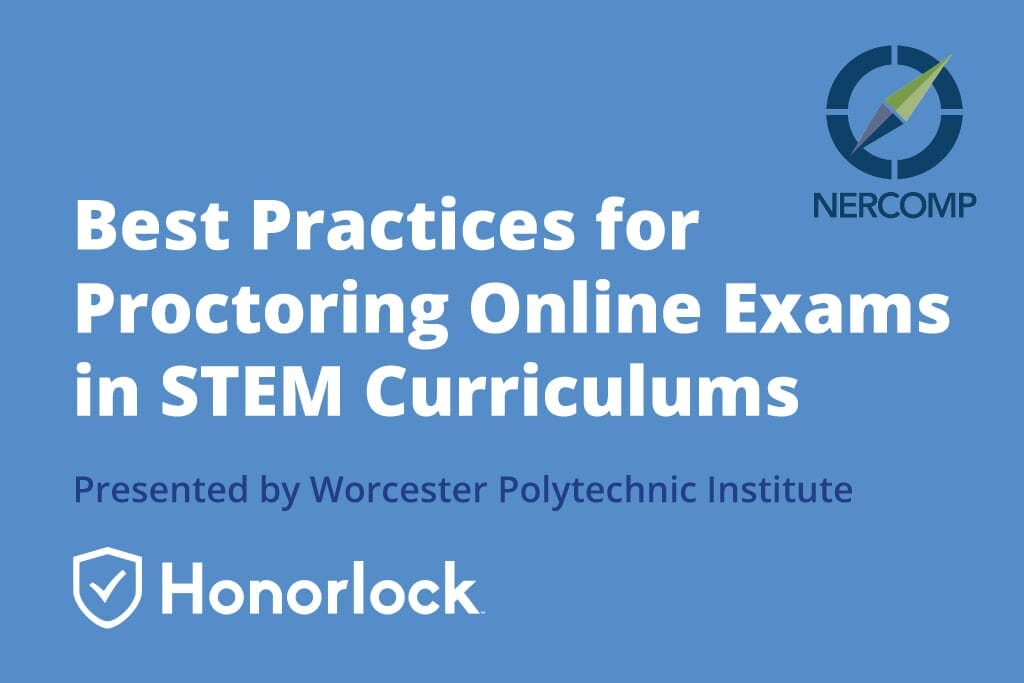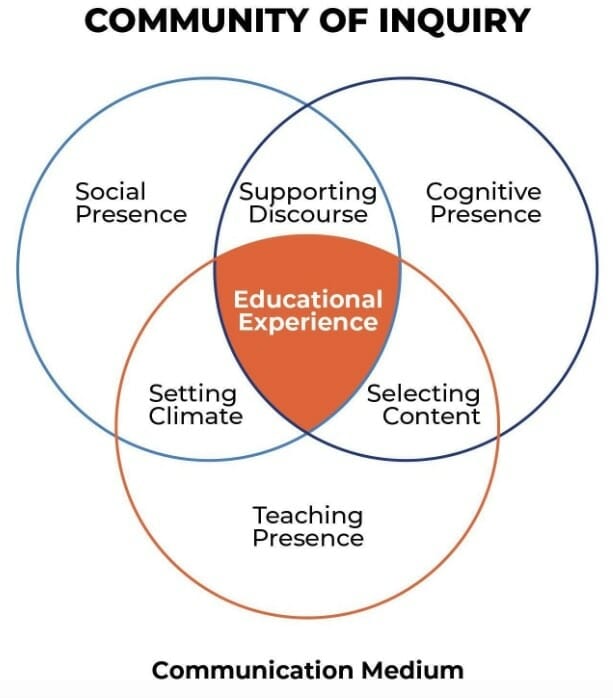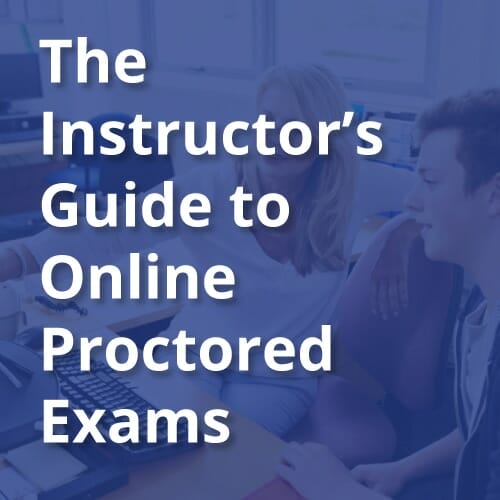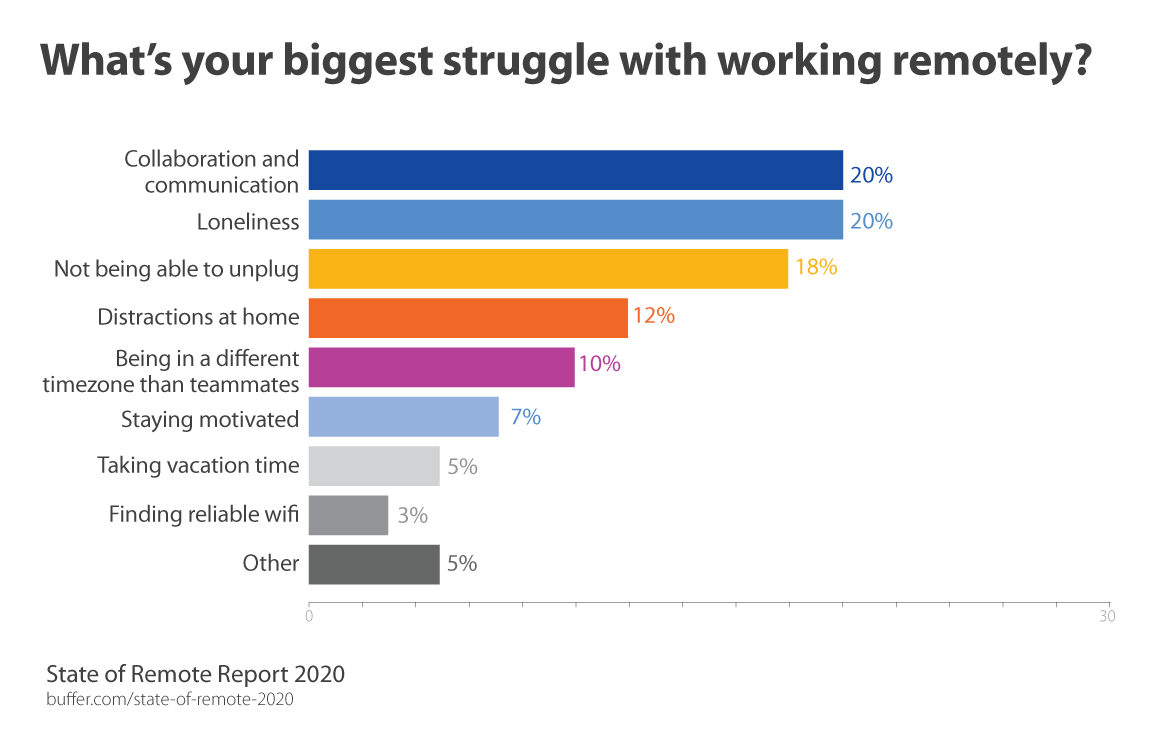As faculty, instructional designers and remote proctors, it is our duty to ensure an equal and fair testing environment for the students we serve. Most students feel that remote proctors exist to catch them in the act of cheating which can create a sense of distrust and high anxiety. How do we, as educators and professionals, change the way in which our testers view proctors and the platforms we use to facilitate exams so that we can help students with test anxiety management? How do we educate faculty in preparing students for a virtual test environment in this age of cyber “insecurity” and distrust. For remote proctors and faculty the results should be the same – equal and fair test environment and sense of security of exam content. In this webinar, you’ll learn 4 tips for overcoming exam anxiety and you’ll be able to:
- Understand the role of a remote proctor
- Identify ways to educate students about online proctoring and alleviate misconceptions about privacy invasion
- Educate faculty on how to create a positive online exam experience for students as well as themselves
- Use online exams appropriately – low stakes vs. high stakes – what is at stake for student and faculty
Speakers:

Paula Rodriguez
Director of the University Testing Center at Colorado State University.
Paula Rodriguez is the Director of the University Testing Center at Colorado State University. She received her Master’s Degree in Educational Psychology from the University of Northern Colorado. Part of her job as the Director is to oversee the management of the CSU Online exams process. She is a member of the proctoring committee at CSU that provides guidance to faculty and students on proctoring best practices and online proctoring tools. She and her team recently received national test center certification for the CSU Testing Center through the NCTA.

















